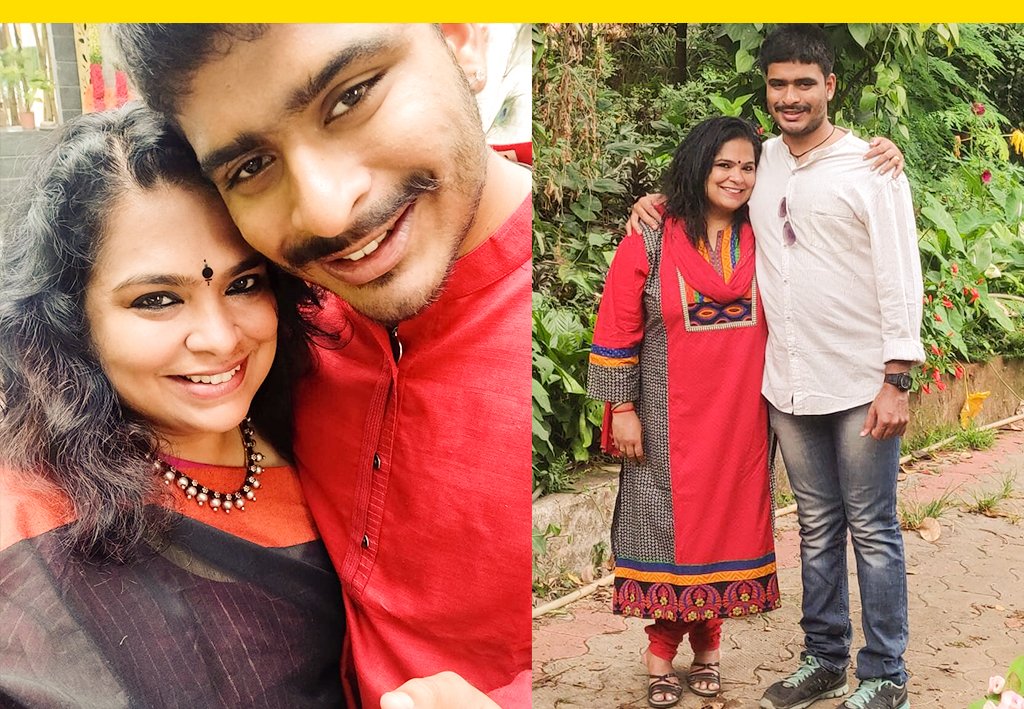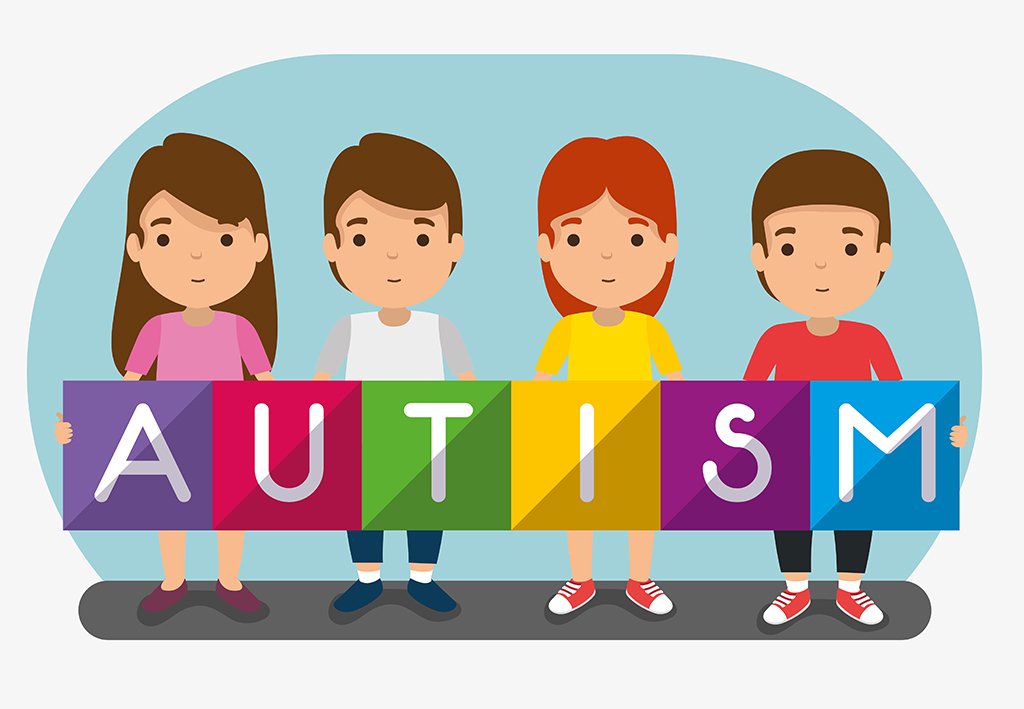TOP 4 CEREBRAL PALSY MYTHS
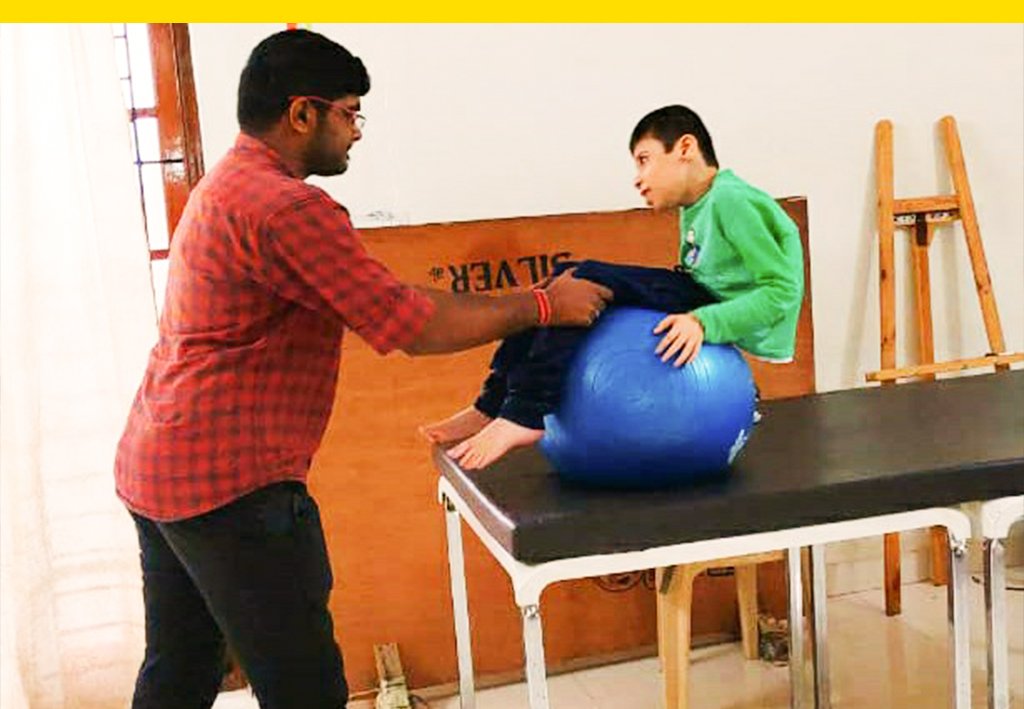
Many myths about cerebral palsy (CP) persist despite enormous advocacy efforts. These myths also put undue stress on parents and other family members of children with CP. The following list clears up of the most pervasive myths about cerebral palsy:
1. CP is a progressive condition
This misconception may come from the confusion of CP with certain neurological disorders, such as Tay–Sachs disease, that are degenerative. Those disorders worsen as the patient gets older. In contrast, cerebral palsy symptoms do not generally increase in severity and instead may actually improve over time. Continued research into surgical options and other therapeutic strategies has made the latter scenario more common in recent years.
2. People with CP can’t live independently.
It is true that some people with cerebral palsy need to be cared for their entire lives through family and caregiver support. However, many adults with CP are independent, while others may still require some help. Adults with CP who live independently may make use of the following strategies: Assistive technologies, including mobility aids and transfer equipment. Modifications to the home and workplace, such as lower countertops for wheelchair users. Personal care assistance for potentially difficult tasks, such as household chores
3. Children with Cerebral Palsy can’t communicate.
While children with cerebral palsy are more likely to also have language disorders and hearing impairments, many do not. And, those who do have challenges may overcome them through speech therapy and the use of communication devices.
4. Children with CP are intellectually disabled.
It is important to remember that, while a neurological disorder, CP is fundamentally a problem with motor function. Still, as many as half of children with CP also have some level of cognitive impairment. This ranges from very mild to severe intellectual disability. Children with CP are also more likely than the general population to have learning disabilities — which are distinct from intellectual disabilities
THE THERAPY & TREATMENT
Apart from all these myths the mere concentration should be taken care of the physical demands which is been considered as a major demand with the kids or individuals with cerebral palsy(CP). In order to meet the physical demand there are many techniques, approaches been carried out. In that there is a specific stable and unstable surface training programmes. In that there are specific areas which a physical therapist should be concentrated during treatments in that TRUNK TRAINING plays a major role with meeting the major demands. Trunk muscle weakness in the children with cerebral palsy can lead to postural and alignment problems, breathing difficulties, and so on. Therefore, children with cerebral palsy can benefit from exercises that strengthen the muscles in their trunks. Trunk muscle strengthening and postural control can be effectively gained by exercise performing on level ground and unstable surface.
SWISS BALL TRAINING
Training with unstable surface commonly involve swiss ball training which is a effective unstable surface training. Vestibular stimulation The exercise program using a Swiss ball was per- formed with a rhythmical sway, which can stimulate the vestibular system of children with CP and diplegia. ... suggested that vestibular stimulation activates antigravity muscles to control postural tone control and increase equilibrium. Ball exercises enables the use of techniques of muscle elongation, joint mobility in all these patterns mentioned above for activation and strengthening of abdominals and back extensors that can help the child to achieve co -contraction of agonist antagonist and activate reciprocal inhibition making spinal alignment stable but not rigid there by allowing the child to gain postural control against gravity in standing and walking. Swiss Ball therapy can be used to give functional training in muscles for eccentric and concentric hold simultaneously along with activation of postural mechanisms which cannot be achieved efficiently in Floor exercises. Lateral control and diagonal patterns can be facilitated For low back pain, the exercise ball can be used for a variety of purposes, including:
SWISS BALL TRAINING
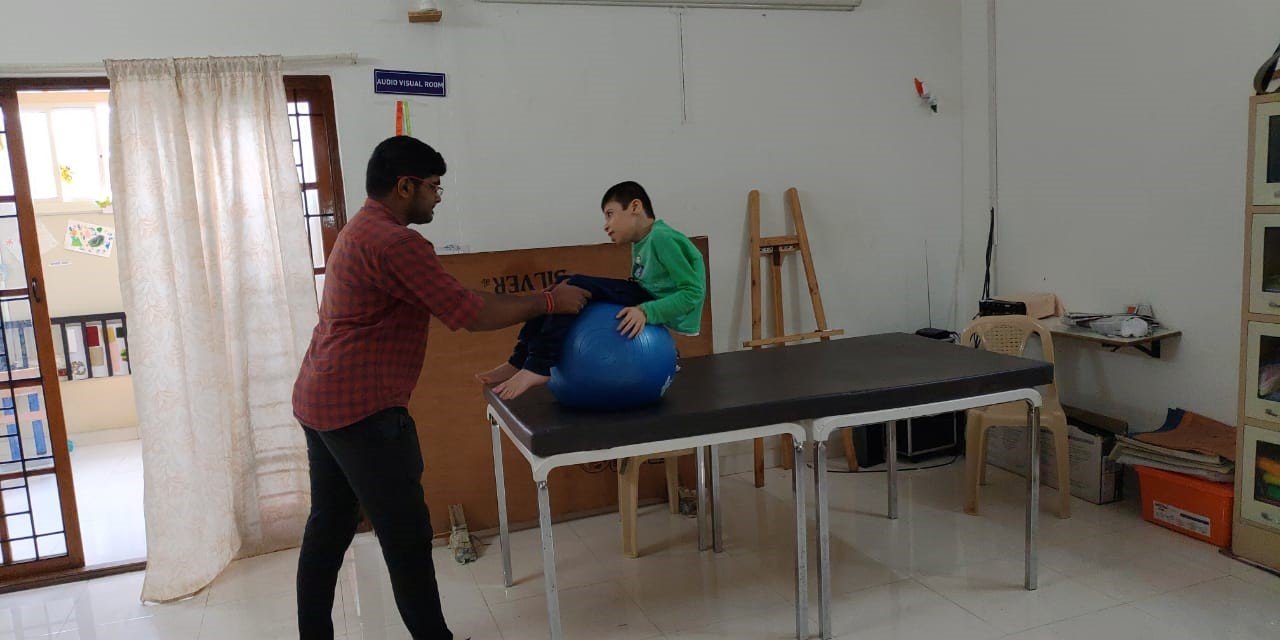
- Find neutral spine position
- Learn proper posture
- Increase lumbar (low back) mobility
- Increase abdominal and back muscle strength
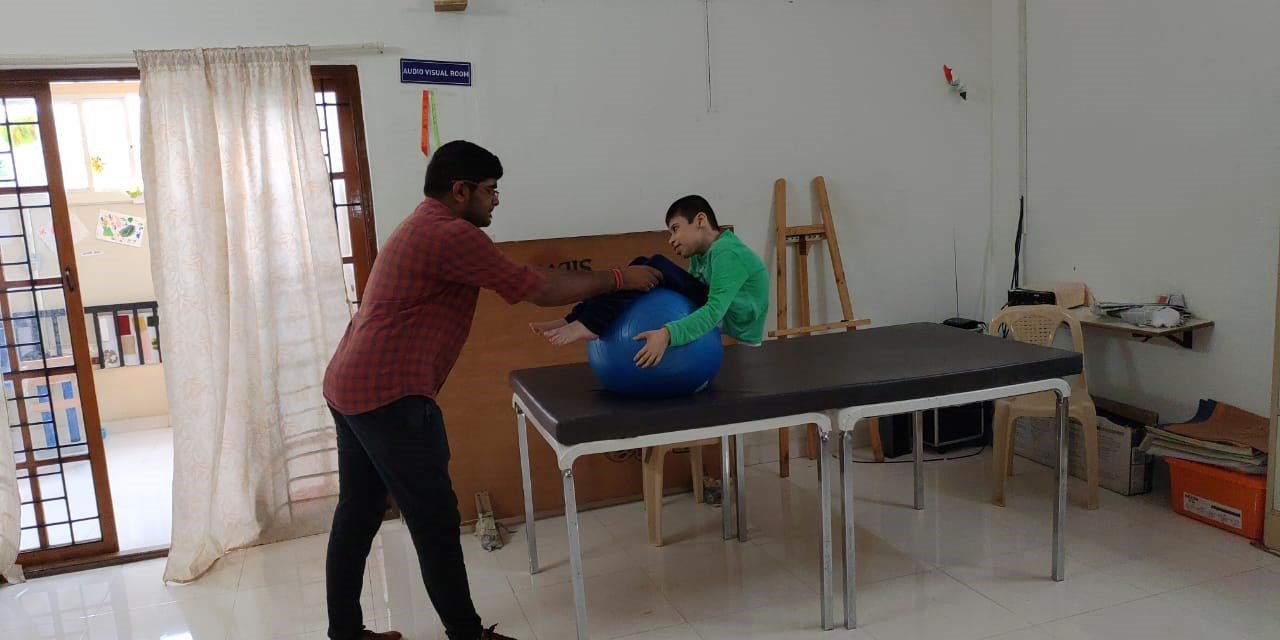
- Increase balance and stability
- Develop overall control and strength of the core body muscles
- Learn to lift properl
Trunk muscle weakness in the children with cerebral palsy can lead to postural and alignment problems, breathing difficulties, and so on. Therefore, children with cerebral palsy can benefit from exercises that strengthen the muscles in their trunks.
There are some alarm signs with physical demands which needs to be noted priorly as we can make an early rush to get a proper assessment and treatment
Early Alarm signs and milestone check for cp(movement based):
From birth to 5 years of age, a child should reach movement goals―also known as milestones―such as rolling over, sitting up, standing, and walking. A delay in reaching these movement milestones could be a sign of CP. It is important to note that some children without CP also might have some of these signs. The following are some other signs of possible CP. In a baby 3 to 6 months of age:
- Head falls back when picked up while lying on back
- Feels stiff
- Feels floppy
- Seems to overextend back and neck when cradled in someone’s arms
- Legs get stiff and cross or scissor when picked up
- In a baby older than 6 months of age:
- Doesn’t roll over in either direction
- Cannot bring hands together
- Has difficulty bringing hands to mouth
- Reaches out with only one hand while keeping the other fisted
In a baby older than 10 months of age:
- Crawls in a lopsided manner, pushing off with one hand and leg while dragging the opposite hand and leg
- Scoots around on buttocks or hops on knees, but does not crawl on all fours
 Dr. Rajkumar Master in Physiotherapy
Dr. Rajkumar Master in Physiotherapy
